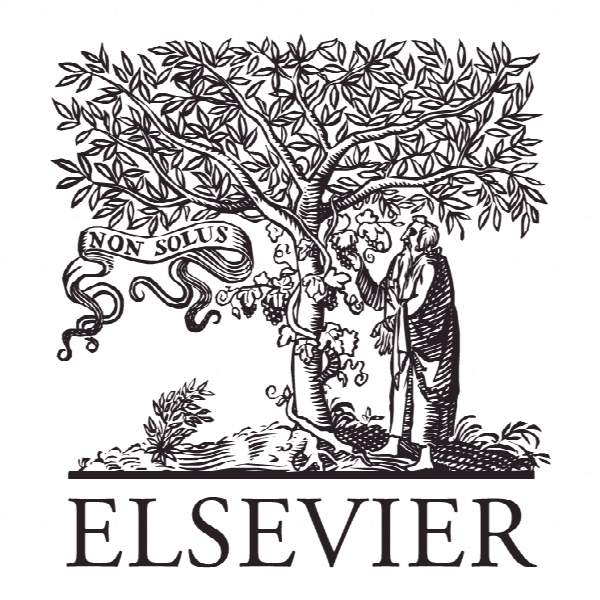ارزیابی اثرات فاضلاب کنونی و آینده صنایع رنگرزی در بنگلادش Evaluation of present and future wastewater impacts of textile dyeing industries in Bangladesh
- نوع فایل : کتاب
- زبان : انگلیسی
- ناشر : Elsevier
- چاپ و سال / کشور: 2018
توضیحات
رشته های مرتبط مهندسی نساجی، محیط زیست
گرایش های مرتبط آلودگی محیط زیست
مجله توسعه زیست محیطی – Environmental Development
دانشگاه Bangladesh University of Engineering & Technology – Bangladesh
شناسه دیجیتال – doi https://doi.org/10.1016/j.envdev.2018.03.005
منتشر شده در نشریه الزویر
کلمات کلیدی انگلیسی textile; pollution load; wastewater impacts; untreated effluent
گرایش های مرتبط آلودگی محیط زیست
مجله توسعه زیست محیطی – Environmental Development
دانشگاه Bangladesh University of Engineering & Technology – Bangladesh
شناسه دیجیتال – doi https://doi.org/10.1016/j.envdev.2018.03.005
منتشر شده در نشریه الزویر
کلمات کلیدی انگلیسی textile; pollution load; wastewater impacts; untreated effluent
Description
1. Introduction The ready-made garment (RMG) industry occupies a unique position in Bangladesh’s (BD) economy. It is the largest exporting industry in Bangladesh, having experienced phenomenal growth in last few decades (Hasan et al., 2016). The sector creates about 4.2 million employment opportunities and contributes significantly to national GDP (Gross Domestic Product) (Kiron, 2015) being the world’s second largest exporter of clothing after China (Islam et al., 2013). Bangladesh textile industries currently have an annual export value of nearly 28 billion USD. It is expected that the annual RMG export value will be about 50 billion USD by 2021. Considering future projections, government, international brands, and policy makers are putting pressure on local industries to adopt cleaner production options to improve productivity and reduce pollution loads. Table 1 shows the RMG sector export statistics of Bangladesh over the last ten years (2006-2016). Table 1: RMG sector export statistics of Bangladesh (Bangladesh Garment Manufacturers and Exporters Association, 2017a). The textile manufacturing sector is the major industrial water user in Bangladesh. Despite significant economic contributions, Bangladesh textile industries cause a range of environmental problems, mostly the pollution of water resources (Ahmed and Tareq, 2008, Khan et al., 2011). Textile wastewater contains various chemicals such as oil, grease, caustic soda (NaOH), Glauber salt (Na2SO4), ammonia (NH3), sulfide (S2- ), lead (Pb), heavy metals and other toxic substances (Islam et al., 2012). Typical characteristics of wastewater produced by the textile industry include high temperature, a wide range of pH values, biochemical oxygen demand (BOD), chemical oxygen demand (COD), total dissolved solids (TDS), heavy metals and strong pigment (Rott and Minke, 1999, Dey and Islam, 2015, Nergis et al., 2009, El-Gohary et al., 2010, Nabil et al., 2017). Key characteristics of wastewater produced from various stages during manufacturing process in textile industry are shown in Figure 1.


